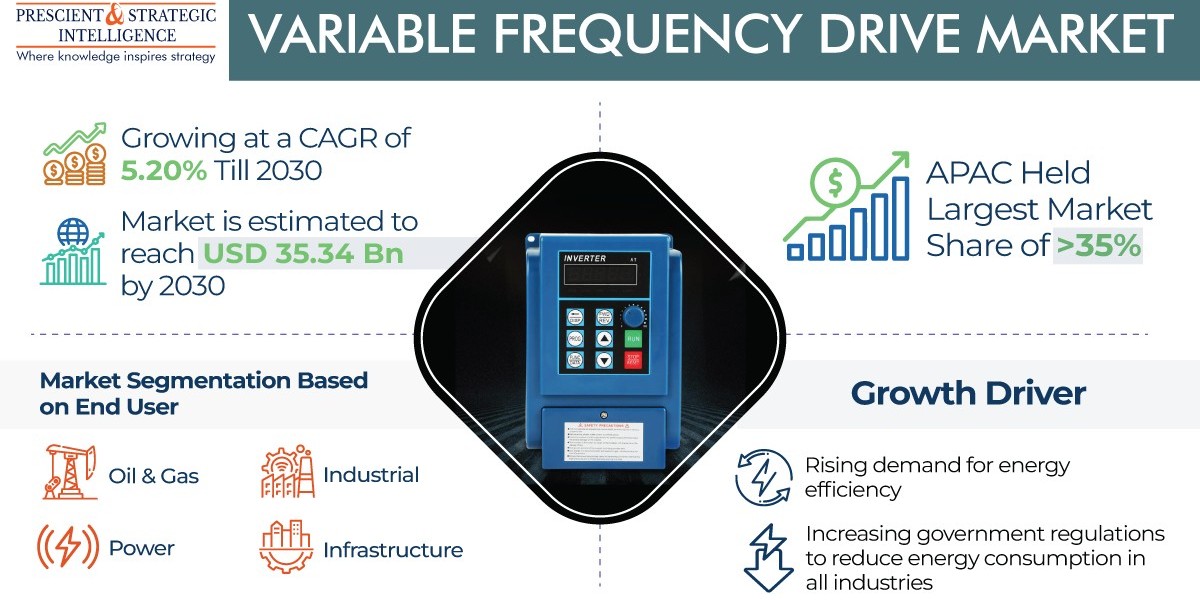Since our appliances and machinery began to run on alternating current, variable-frequency drives (VFDs) have become imperative. This is because unlike a motor functioning on direct current, the angular velocity (speed) of which can simply be changed by varying the voltage, AC motors require changing their frequency. However, even a VFD cannot directly do so; it must first convert the AC to DC, using a rectifier. Then, the voltage of the DC is changed, and it is converted back to AC at a different frequency to the input one.
This functionality of VFDs makes them useful in all walks of the daily life, from home appliances and industrial machinery to locomotives with AC traction motors. For instance, many modern air conditioners have a VFD to change the fan speed as desired. Similarly, precise speed control is important in industrial machines, such as that used in process sectors, including food & beverages, chemicals & petrochemicals, and pharmaceuticals.
Another rapidly emerging application of these control systems is rail transportation, especially in countries with a significant share of locomotives using AC motors. These can be both diesel–electric locomotives as well as pure-electric ones. With a widening application area, VFD sales could generate revenue worth USD 35.34 billion by 2030, as per P&S Intelligence.
VFDs in the Context of Electric Transportation in India
From the point of the usage of VFDs in railway operations, India is poised to be a significant market. It has a fleet of over 12,700 diesel–electric and electric locomotives. All its post-Alco diesel locomotives, including the WDG-4, WDP-4, WDG-4G, WDG-6G, and WDG-5 classes, work on AC traction motors. Similarly, all of IR’s modern electric locomotives, including WAG-9, WAG-12, WAP-5, and WAP-7, have AC traction motors.
Key Rolling Stock Projects Underway
In the newest of models, the speed of all the traction motors can be controlled individually. So, in a WAG-12, which is a twin-section locomotive with Co-Co bogies, there are 12 axles, each with one motor. This potentially means 12 VFDs per locomotive! A total of 800 WAG-12s are to be built over this decade, translating into a huge potential demand for these control units over their lifetime.
Similarly, a total of 700 WDG-4Gs and 300 WDG-6Gs are to be manufactured over this decade. Like the WAG-12, both these GE Evolution series single-section diesel–electric locomotives have Co-Co bogies, meaning six AC traction motors and, possibly, an equal number of VFDs. Moreover, the three primary locomotive manufacturing units of the IR continue to churn out WAG-9s, WAP-5s, and WAP7s, all of which utilize three-phase AC traction motors, along with IGBTs and thyristor controllers.
Another key opportunity in this regard is the recently inked contract between IR and Siemens for 9,000-HP electric freight locomotives with an average operational speed of 75 kmph. This INR 25,000-crore project entails the production of 1,2000 of these high-HP freight locomotives for the nationwide broad gauge network of the IR.
Another initiative in this regard is the ongoing launch of Vande Bharat Express, which are electric multiple units (EMUs) with a maximum speed of 180 kmph. A total of 478 such trains are to be launched as per the master plan. Every second coach of these 16-coach trainsets is powered, which means, considering a Bo-Bo bogie design (two axles per bogie), every train would have 32 axles and, possibly, 32 VFDs.
The Mass Urban Rapid Transit Factor
The construction and expansion of metro networks in the country is another such opportunity. Depending on the city and expected ridership, metro trains of the EMU type range from three to eight coaches, with alternative cars integrated with axles in a Bo-Bo arrangement.
Hence, with numerous tier-2 cities following the metropolises in establishing their mass rapid transit networks, the demand for VFDs for their AC motors will burgeon.








